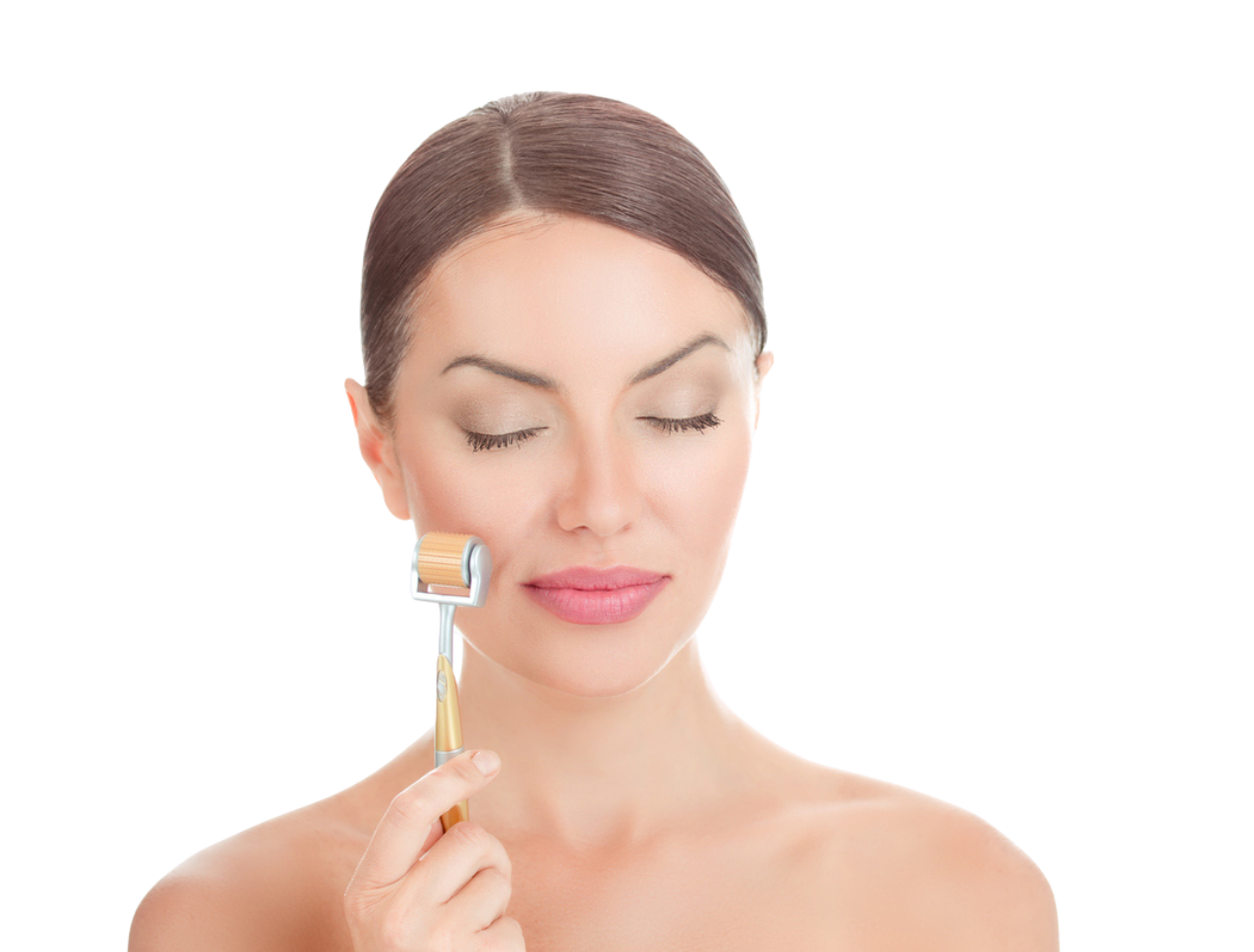Mesotherapy is a technique that uses micro-injections to rejuvenate and tighten skin while also removing excess fat. It was developed by a French doctor, Michel Pistor, in 1952, and it was originally used to relieve pain.
Over time, mesotherapy has gained widespread popularity, extending its reach to countries such as the United Kingdom, the United States, and many other countries worldwide.
A key reason for its rise in popularity is its ability to target and rectify underlying issues such as poor circulation and inflammation, which are known to be significant contributors to skin damage.
Mesotherapy can involve the injection of a range of natural and medicated formulas including:
- Vitamins and minerals.
- Enzymes, e.g., collagenase and hyaluronidase.
- Herbal and plant extracts.
- Antioxidants.
- Hormones such as calcitonin and thyroxin.
- Prescription medicines like vasodilators and antibiotics.
Types of mesotherapy
There are three different types of mesotherapy, which are determined by the injection technique being used. These include:
- Comprehensive mesotherapy.
- Point-by-point mesotherapy.
- Upper skin mesotherapy.
Mesotherapy applications can also be administered to different areas of the body such as the face (also known as mesolifting), body, and hair.
How is the procedure done?
A series of injections are administered into the middle layer of the skin using very fine needles. These needles may be attached to a mechanical gun to deliver multiple injections simultaneously, making the procedure relatively painless.
Depending on what condition is being treated, injections will be administered at different depths, ranging from one to four millimetres into the skin.
The duration of the treatment typically lasts between 20 and 45 minutes, depending on the size of the area undergoing mesotherapy.
Fear of needles
However, mesotherapy can be administered without the use of needles for clients who have trypanophobia (fear of needles) or are sensitive to them.
Instead, the therapy can be performed by ultrasonic machines which transmit the drug mixture into the skin without using a needle. The machine allows the cell membrane, which is usually semi-permeable, to become fully permeable for a short time.
Needle-free mesotherapy is still used for moisture balance in skin and hair, reducing wrinkles, hair treatments, facial rejuvenation, and body tightening.
Can I have pain relief?
If the client has a higher sensitivity to pain, an anaesthetic cream can be applied 30 to 40 minutes prior to the procedure.
How often can I have mesotherapy treatments?
More sessions can be applied at one-week intervals to get more effective results, however, the frequency of sessions will be determined by the therapist based on the client’s requirements.
What are the benefits of mesotherapy?
Mesotherapy can offer a multitude of benefits, from removing wrinkles to treating hair loss. Here are the main benefits one can gain from undertaking the procedure:
- Tightens loose or sagging skin.
- Treats and eliminates scars, cracks, and stains on the skins surface.
- Makes matte, dull, pale, tired-looking skin appear more vibrant, healthy, and bright.
- Dissolves locally stored fat.
- Reduces cellulite.
- Eliminates problems like swelling, bruising, and redness under the eyes.
- Saturates skin with moisture, making it appear healthier, brighter, fuller, and tighter.
- Removes wrinkles.
- Can treat hair loss (alopecia) in both men and women.
What are the side effects?
While there are numerous advantages mesotherapy can offer, it’s important to keep in mind that there is still a small level of risk involved, even when the procedure is performed by a trained professional.
Side effects clients have reported are:
- Swelling
- Rash
- Bruising
- Nausea
- Itching
- Dark patches of skin
- Pain
- Infection
- Redness
- Sensitivity
- Scars
- Bumps at the injection site
Recovery
As mesotherapy is non-invasive, it’s unlikely the client will need any downtime following the procedure. Clients can expect to see a little redness which will quickly subside, although, some may experience pain and swelling at the injection site.
Here are some post-procedure recommendations that mesotherapy clients are advised to follow:
- Avoid using blood thinning medicine before and after the application.
- The application area should not be touched by water within the first 10-15 hours following the procedure.
- Tight clothes can affect the blood circulation so should be avoided (if the client has mesotherapy elsewhere on the body).
- Should avoid physically forcing themselves for two days.
- No make-up should be applied within the first 10-15 hours.
- No anti-inflammatory drugs should be taken before or after a mesotherapy treatment.
- Alcohol, caffeine, smoking, and high protein foods should be avoided.
- Cold application should be done on and around the area to prevent swelling, bruising, and redness.
- The mesotherapy treatment area should not be scratched.
- Avoid touching as much as possible to prevent infection.
Who can have mesotherapy?
Mesotherapy treatments are generally available to people over the age of 18, with suitability determined by a health screening.
Are you interested in offering transformative mesotherapy treatments for your clients’ skin? Take a look at our mesotherapy course, covering essential topics such as health and safety considerations, how to analyse and prepare the skin for treatment, and the array of benefits it can provide.
